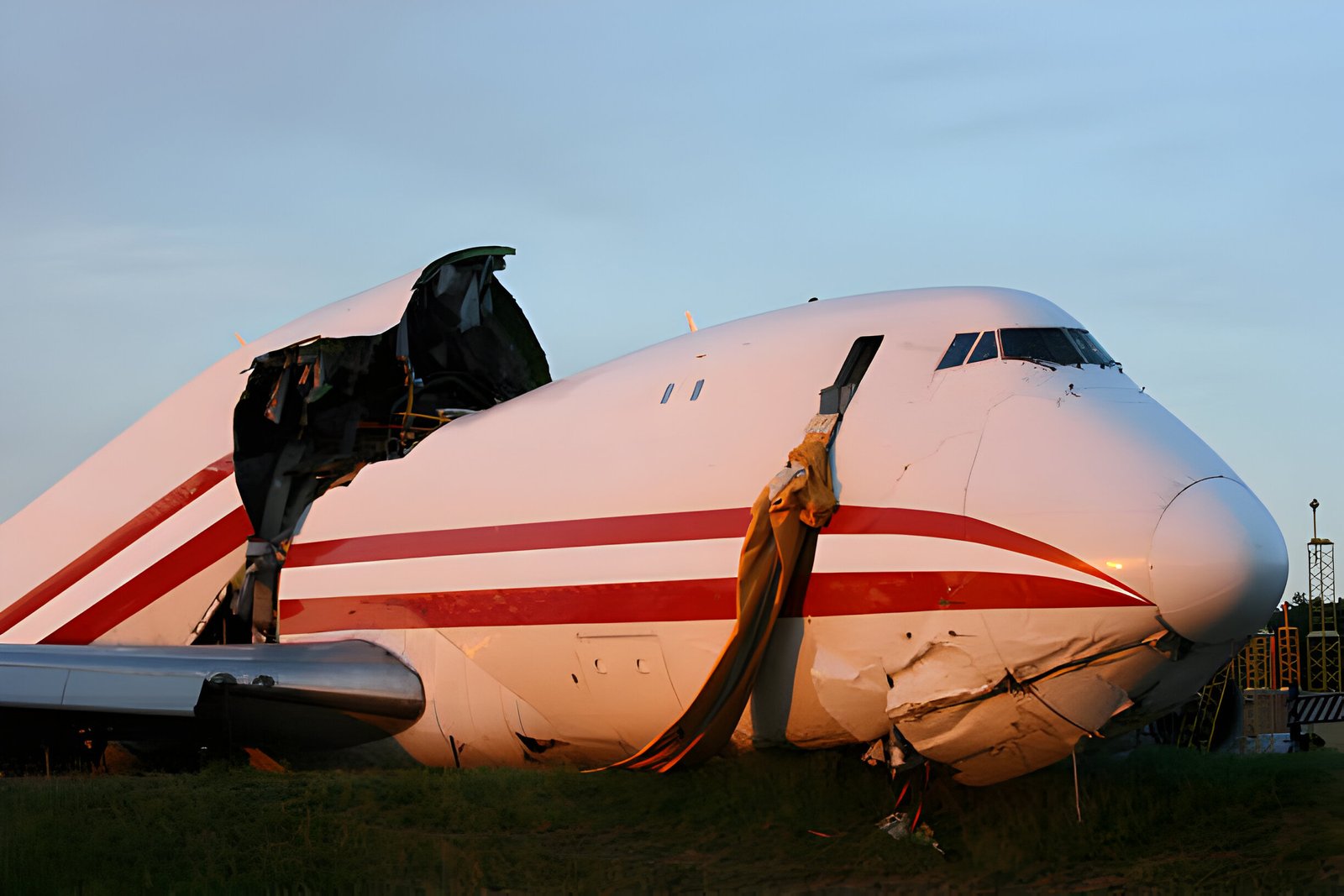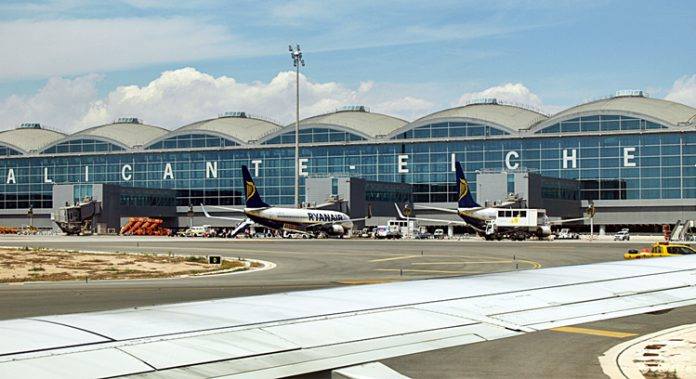Image Credit: GetyImage
The airplane crash in Little Rock remains one of the most tragic incidents, drawing attention due to its profound impact and the complex interplay of factors leading to the catastrophe. Despite advancements in aviation technology and safety, this incident serves as a stark reminder of the vulnerabilities inherent in air travel, highlighting the critical importance of adhering to safety protocols and understanding the dynamics of aircraft systems, weather conditions, and human factors. The Little Rock airplane crash not only resulted in loss of lives but also prompted a closer examination of aviation practices, making it a significant event in the history of American aviation.
This article provides a detailed analysis of the airplane crash in Little Rock, exploring the sequence of events that unfolded at Little Rock National Airport and examining the roles of weather conditions, pilot fatigue, and aircraft systems in the incident. Furthermore, it discusses the legal and social implications that followed, offering insights into how this event has influenced aviation safety standards and practices. Finally, it reflects on the broader lessons learned, underlining the importance of continuous improvement in aviation safety measures to prevent similar incidents at Little Rock airport or elsewhere.
Details of the Crash
Flight and Weather Conditions
The incidents leading up to the crashes at Little Rock National Airport were significantly influenced by harsh weather conditions. For the Beech B200 twin-engine aircraft, despite being cleared for takeoff, three Low Level Wind Shear (LLWS) advisory alerts were issued just before its departure. Weather reports indicated wind gusts escalating from 27 knots to 40 knots, with visibility deteriorating rapidly from ten statute miles to just two. Similarly, American Airlines Flight 1420 faced severe thunderstorms that impacted visibility and landing conditions, with wind gusts reported up to 44 knots.
Landing Attempt and Impact
The Beech B200 aircraft, shortly after takeoff, crashed in a right-wing-low, nose-down attitude near a 3M plant, as captured by video surveillance. There were no distress calls or further communications from the pilot post-takeoff. In a separate event, Flight 1420, after an attempted landing on runway 4R during severe weather, overran the runway, striking an instrument landing system (ILS) array and a security fence, before coming to a halt by the Arkansas River.
Casualties and Damage
The crash of the Beech B200 resulted in the tragic loss of all aboard, including employees from a North Little Rock-based environmental consultancy firm. The investigation found no pre-impact anomalies with the aircraft, indicating the crash was likely due to external factors such as weather. Flight 1420’s crash resulted in the deaths of the captain and ten passengers, with numerous others sustaining injuries. The extensive damage from the crash led to a challenging rescue operation, compounded by the stormy conditions.
Investigation and Findings
Pilot Decisions and Errors
The National Transportation Safety Board (NTSB) identified critical errors made by the flight crew, primarily the failure to discontinue the approach amidst severe thunderstorms. This decision was significantly influenced by the crew’s fatigue, with the captain awake for over 16 hours, leading to impaired performance and poor decision-making. Additionally, the investigation highlighted a “task completion bias,” where the crew pushed to land despite adverse conditions, exacerbated by nearing the end of their duty limits.
Role of Weather
Weather played a substantial role in the accident, with heavy rain and low visibility at the time of the crash. The NTSB’s findings indicated that the flight crew did not adequately respond to the rapidly deteriorating weather, which included multiple wind shear alerts and visibility dropping below safe operational limits. This failure to react appropriately and timely was a critical factor in the accident’s outcome.
Regulatory Insights and Recommendations
Following the investigation, regulatory authorities issued new guidelines aimed at preventing similar incidents. These included amendments to the landing checklist and more stringent protocols for discontinuing a landing under adverse weather conditions.
Legal and Social Implications
Lawsuits and Settlements
The Judicial Panel on Multidistrict Litigation consolidated these cases for pretrial proceedings. American Airlines admitted liability, and settlements were reached with most domestic plaintiffs, involving compensatory and punitive damages. Notably, a federal jury awarded Captain Buschmann’s family $2 million in wrongful-death damages, asserting that the crash was partly due to nonfrangible approach-light supports improperly placed by Little Rock National Airport.
Impact on Aviation Policies
The legal outcomes and investigations surrounding the crash prompted a reevaluation of aviation safety protocols. Regulatory bodies and airlines were pushed to tighten safety measures, particularly concerning pilot fatigue and adverse weather operations. The crash also influenced international aviation law, specifically regarding the rights of passengers to seek punitive damages under the Warsaw Convention.
Also Read: Is Spirit Airlines Safe? A Comprehensive Safety Review
Public and Media Reactions
The crash and subsequent legal proceedings garnered extensive media coverage, influencing public perception of aviation safety and legal accountability. Initially, there was a flurry of national attention, though retrospective coverage has waned over the years. Public and media scrutiny have played a crucial role in advocating for improved safety measures and have kept the dialogue on aviation safety active in the public sphere.
Conclusion
Through a comprehensive examination of the Little Rock airplane crash, we have revisited the critical factors such as weather conditions, pilot decisions, and systemic failures that culminated in this tragic event. The analysis underscores the importance of rigorous adherence to safety protocols, the need for constant vigilance regarding weather conditions, and the necessity of addressing pilot fatigue to mitigate the risks associated with aviation. By drawing lessons from this incident, including the implementations of new guidelines and the reinforcement of existing protocols, the aviation community aims to prevent the recurrence of such devastating accidents, emphasizing the ongoing commitment to enhancing flight safety and operational standards.
The broader implications of this crash extend beyond the immediate legal and regulatory responses; they have catalyzed a pivotal movement towards more resilient and safer aviation practices. As we move forward, the collective effort of regulatory bodies, airlines, and the aviation community at large in embracing these changes will be crucial in safeguarding lives and maintaining the public’s trust in air travel. The tragedy in Little Rock, therefore, serves not only as a somber reminder of the risks inherent in aviation but also as a catalyst for enduring improvements within the industry.
FAQs
What was the cause of the Little Rock airplane crash?
This question seeks to understand the factors that led to the airplane crash in Little Rock. The answer would provide an overview of the sequence of events and the primary cause(s) identified by investigators.
How many people were on board the plane during the crash?
This question aims to determine the number of individuals who were aboard the aircraft at the time of the crash. The response would provide the total count of passengers and crew members.
What was the weather like on the day of the crash?
This question focuses on the weather conditions prevailing during the time of the accident. The answer would describe the weather elements such as temperature, wind speed, visibility, and any other relevant factors.
Were there any survivors of the crash?
This question seeks to ascertain if any individuals managed to survive the airplane crash. The response would provide information about the fate of the passengers and crew members involved.
What were the legal and social implications of the Little Rock airplane crash?
This question explores the legal and societal consequences resulting from the airplane crash. The answer would discuss any lawsuits, changes in regulations, or broader impacts on aviation safety and public perception.
How did the aviation industry respond to the crash?
This question aims to understand the actions taken by the aviation industry in response to the Little Rock airplane crash. The response would cover initiatives, safety measures, or policy changes implemented to prevent similar incidents.





3 Comments